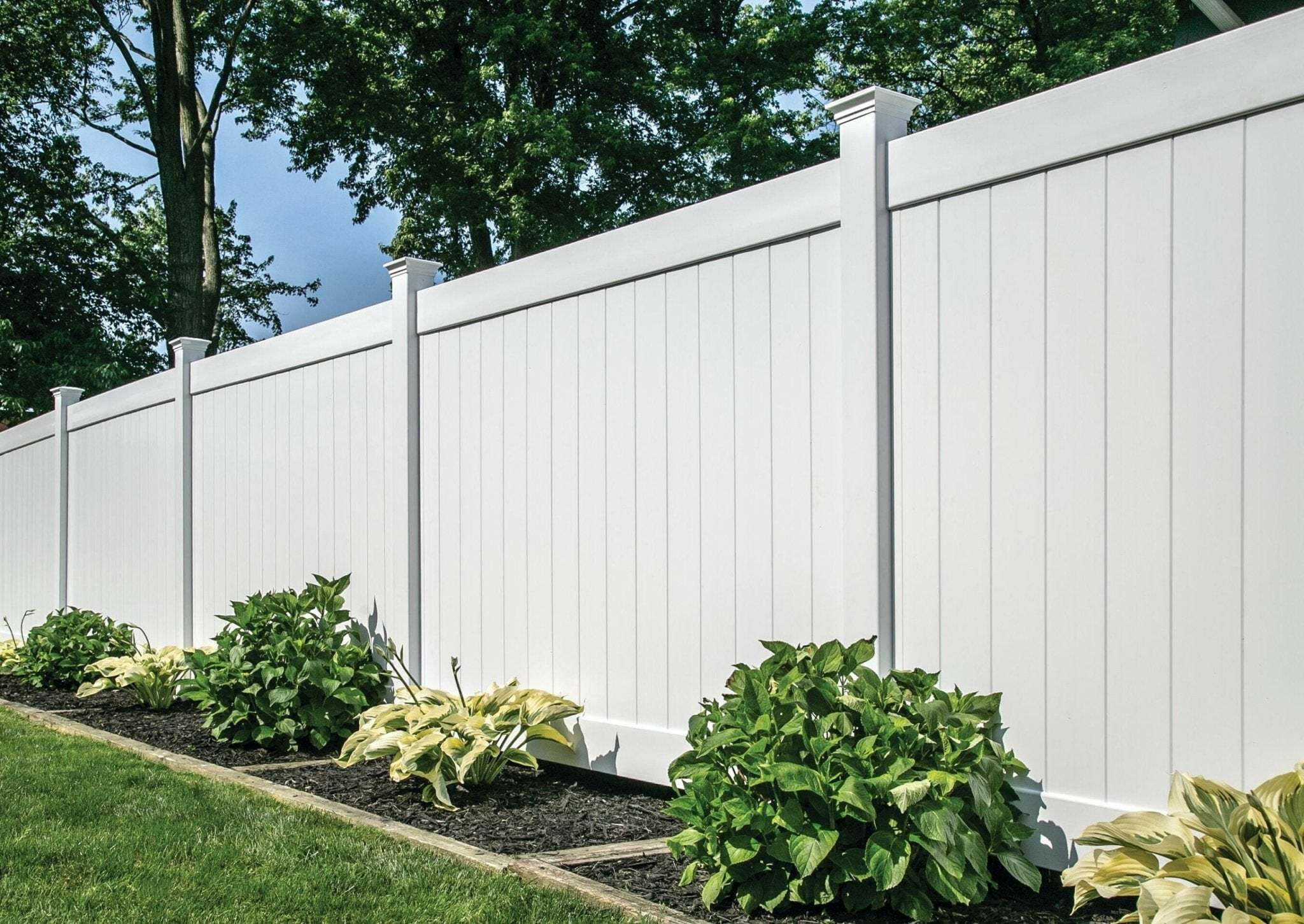Decoding Low-Maintenance Fences: Vinyl vs Aluminum
Material Basics: What Makes Vinyl and Aluminum Tick
Vinyl fencing is built from PVC, which is a fancy way of saying “weather-resistant plastic that refuses to quit.” It comes in solid panels that block sightlines and reduce noise, making it perfect for homeowners craving privacy. UV stabilizers and impact modifiers in premium vinyl keep panels from cracking under the sun’s wrath or bowing from a rogue lawn mower encounter.
Aluminum fencing uses aerospace-grade alloys to keep things light without sacrificing style. BarrierBoss aluminum panels are dip-coated for corrosion protection, making them resilient in coastal or humid climates. Hollow pickets reduce weight while maintaining strength, so your fence won’t sag or topple under its own grandeur. Unlike vinyl, aluminum maintains its shape in extreme temperatures and won’t suddenly get bendy or brittle.
Durability & Weather Resistance
Vinyl excels in moderate climates. It doesn’t rot, warp, or attract termites, which is why it’s so appealing compared to wood. But extreme cold can make it brittle, and intense heat can make it soft—think chocolate in a hot car scenario. Aluminum, on the other hand, remains dimensionally stable across temperature swings and is nearly impervious to corrosion thanks to its dip coating. Even salty sea air won’t tarnish it, making aluminum a smart choice for coastal properties.
Installation & Maintenance
Vinyl posts need big concrete footings to handle wind load, especially for privacy panels. Installation is manageable for DIYers, but heavy panels require some muscle and patience. Aluminum fences are lighter and easier to maneuver, though installing self-closing gates demands a little precision. Both require minimal upkeep—vinyl mostly needs a soap-and-water scrub, while aluminum benefits from an occasional cleaning and minor touch-ups if scratches appear.
Aesthetic Options
Vinyl gives you classic American styles: privacy, semi-privacy, picket, and ranch rail. Wood grain textures mimic natural wood without the upkeep. Colors are typically limited to black, white, tan, or gray.
Aluminum fences shine in ornamental versatility. From simple pickets to intricate scrollwork, the dip-coated finish allows for color variety beyond standard black and white. Its modular panels can handle slopes and varied terrains, offering both elegance and practicality.
Cost Comparison: Vinyl vs Aluminum
Vinyl fencing typically costs $20-30 per linear foot, making it easier on the wallet upfront. Aluminum ranges from $25-40 per linear foot, but the longer lifespan and repairable pickets often justify the investment. Over time, vinyl may require full panel replacements, whereas aluminum sections can be swapped out individually, minimizing costs and hassle.
FAQs
- Which lasts longer? Aluminum, 30-50+ years versus vinyl’s 20-30 years.
- Which is better for privacy? Vinyl solid panels are unbeatable for blocking sight lines.
- Is aluminum maintenance-free? Nearly—occasional cleaning and minor touch-ups keep it pristine.
- Can aluminum withstand harsh climates? Yes, its dip coating makes it highly resistant to corrosion and temperature extremes.
- Which is more eco-friendly? Aluminum wins due to full recyclability and longer lifespan.
Final Thoughts
Choosing between vinyl and aluminum depends on priorities: go vinyl for budget-friendly privacy or aluminum for long-term durability, security, and environmental benefits. Both beat wood when it comes to low-maintenance fencing, but aluminum’s dip-coated panels make it a future-proof investment.
Key Takeaways
- Vinyl: Lower upfront cost, privacy-focused, moderate lifespan, minimal maintenance.
- Aluminum: Higher upfront cost, long-lasting, secure, eco-friendly, dip-coated panels prevent rust.
- Both require less maintenance than traditional wood fencing.
- Choice depends on property needs, budget, and climate considerations.



